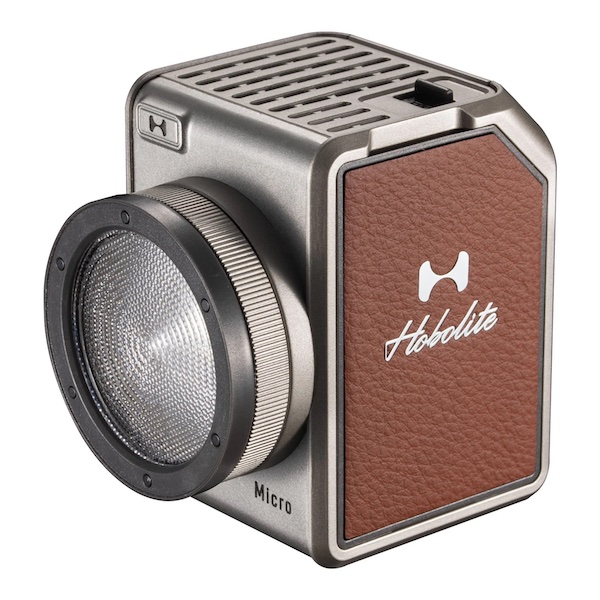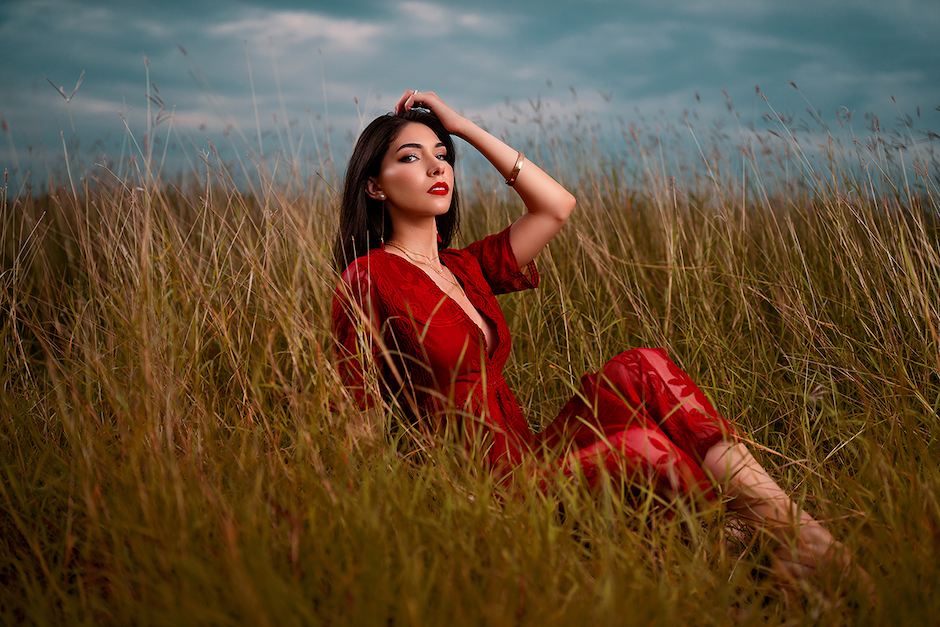Conjuring moonlight for a romantic late-night shot may be a bit of magic that even the savviest photographers don’t have in their bag of tricks. But with a little help from the latest tech, you might just be able to fake it. When the first generation of dedicated drone-mounted lights took to the air in 2016, a host of new creative possibilities opened up for photographers who are set on giving their clients the moon—or at least a pretty good imitation of it.
AIRBORNE LEDS
All of the new drone-mounted lights are LEDs, allowing them to be very light and compact. They include the diminutive Fiilex AL 250 and Light & Motion’s Seca 2200d, which both put out about 2000 lumens, as well as the heftier 5000-lumen Light & Motion Stella Pro 5000d. Lume Cube has also made a drone mount for its popular ultracompact light, allowing two smartphone-controlled 1500-lumen units to hitch a ride.
While all of the aerial lights offer a continuous beam, the Lume Cube has an optically triggered flash mode as well as wireless control over brightness. Aerial lighting makers are also creating accessory systems that allow photographers to shape light just as they would with stationary units, with both the Lume Cube system and the Stella Pro 5000d offering an array of modifiers and filters.
FIRST MOVERS
The earliest pioneers of drone-mounted lighting were often landscape photographers like Reuben Wu, who uses a Fiilex AL 250 mounted on a 3DR Solo drone to create the striking scenes portrayed in his ongoing “Lux Noctis” series (left). Wu shoots at night, painting remote landscapes with light from the air and capturing multiple frames to create a composite image.
Photographer and filmmaker Jeffrey Moustache started experimenting with mounting his Canon 580EX II Speedlite and PocketWizard wireless transceiver on a DJI Phantom drone in 2014, developing a setup that allows him to take outdoor action shots lit from above, even in settings that would be costly and arduous to light with other equipment, like offshore in the Pacific Ocean. “I can use it essentially as a light stand that I can put anywhere,” he says. Moustache has kept the practical things simple, attaching the Speedlite to his drone with gaffer’s tape and using test shots to get his exposure right during twilight shoots.
Portraitists haven’t been far behind. New York City photographer Mark DiConzo recently used an aerial light-painting technique similar to Wu’s to produce multiple frames for composite images in Central Park. But while the location for his nighttime shoots was scenic enough, DiConzo’s main subjects were dancers and models dressed as angels appearing in a conceptual portrait series. To light them, DiConzo mounted an AL 250 on a DJI Phantom drone, which he operated while photographer Eli Fendelman shot with a DSLR on the ground.

Using a drone-mounted unit to selectively light a dark outdoor scene allowed Mark DiConzo to shape the illumination that would otherwise require numerous lights, modifiers and heavy supports. Photographer: Eli Fendelman. Art Direction, Drone Light Operator/Pilot: Mark DiConzo
DRONE DANGERS
Of course, drone-mounted lighting poses its own set of challenges and constraints. Using a drone safely requires training and practice, as well as an acquaintance with FAA guidelines. Any shoot involving a drone also requires careful planning. “It’s got to be really choreographed,” explains DiConzo. “It’s not as simple as just having a subject stand there and be illuminated.”
Drones can be affected by wind, glitches in their positioning systems and vibrations that can produce visible effects during long exposures. And while a drone is small for an aircraft, it isn’t exactly unobtrusive. “It sounds like a million bees, so it’s a little terrifying,” says DiConzo, “and when it’s hovering directly above you, it puts out quite a gust of wind.”
He handles the more challenging aspects of aerial lighting by thoroughly familiarizing his models with the drone before the shoot. “I think trust is a huge thing before I go into any shoots where I’m going to be flying in close proximity to human subjects,” he says. “I let them feel the drone first. I’ll blow a whole battery on the drone just going around the human subject so that they can feel the wind.” DiConzo is also scrupulous about taking safety measures, like having assistants stationed close to his subject when he’s controlling the drone from the camera position. “I always have two people—I call them co-pilots—where they have horizontal vantage of the subject and they can give hand signals to me so I’ll know when I’m 10 feet or 5 feet from the subject.”
That’s not to say that drone-mounted lighting holds no interest for shooting events that aren’t staged, like outdoor receptions. “How amazing would it be to be able to capture a dance floor with one single light on a drone above, with still photographers and the videographer on the ground, and a second drone in the sky being able to orbit the party and capture that event in a really unique way?” asks DiConzo.
For wedding and portrait photographers, the possibilities are tantalizing. Romantic “moonlit” nighttime shots of couples canoodling in a rowboat, dipping their toes in the ocean or traipsing across a footbridge suddenly become much more feasible, and aerial lighting can bring out a whole new side of destination wedding shoots. “These lights can completely transform an environment between daylight and nighttime,” DiConzo observes.
The era of aerial lighting has just begun, and using cutting-edge yet potentially dangerous technology during a shoot should always be approached with care. But when you have clients who want a little magic and are willing to get creative with you, firing up a drone-mounted light might be just the thing. Being able to place a light where you couldn’t before is sure to lead to serendipitous developments, and when it comes to creative options with a flying light, the sky’s the limit.
See the full article in the digital edition.
Related Articles:
CreativeLive Video Tutorial: Learn How to Fly a Drone
What to Expect from the Emerging World of Drone Lighting






